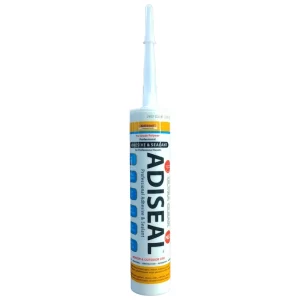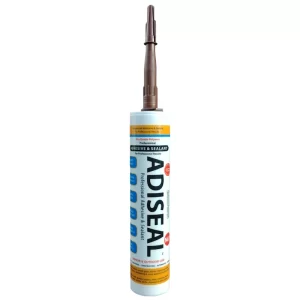Water Resistant Sealant
Water Resistant Sealant: Protecting from Moisture Damage
Water-resistant sealants are essential for safeguarding surfaces against the damaging effects of moisture. In this article, we will explore the functionality, applications, and advantages of water resistant sealants. Discover how these specialized sealants provide reliable protection against water intrusion, helping to preserve the integrity and longevity of various materials and surfaces.

Understanding Water-Resistant Sealants
1. The Purpose and Importance of Water-Resistant Sealants:
– They are designed to create a protective barrier that repels water and prevents its penetration into surfaces.
– Their primary function is to enhance the water resistance of materials, reducing the risk of moisture-related issues such as mold, rot, and deterioration.
2. Applications of Water-Resistant Sealants:
– The products find wide applications in both indoor and outdoor settings, including residential, commercial, and industrial projects.
– Common areas of application include bathroom fixtures, kitchen countertops, windows, doors, and exterior siding.
Benefits and Features
1. Water Resistance:
– The products provide effective resistance against water infiltration, preventing moisture damage and preserving the integrity of surfaces.
– They create a durable and protective barrier that keeps water at bay, reducing the risk of rot, corrosion, and deterioration.
2. Versatility:
– Water-resistant sealants are suitable for a variety of materials, including wood, metal, glass, plastic, and ceramic.
– They can be used in different applications, offering versatile protection against water exposure.
3. Easy Application and Durability:
– Water-resistant sealants are typically easy to apply, either through caulking or spraying, depending on the product.
– Once applied, they form a long-lasting and durable seal, providing ongoing protection against water damage.
4. Flexibility and Adhesion:
– Many products offer excellent flexibility, allowing them to withstand movement and expansion in different surfaces and weather conditions.
– They have strong adhesion properties, ensuring a secure bond between the sealant and the surface, enhancing its effectiveness.
Best Practices for Application
1. Surface Preparation:
– Thoroughly clean the surface, removing dirt, dust, and any existing sealants or coatings.
– Ensure the surface is dry before applying the sealant to achieve optimal adhesion.
2. Application Techniques:
– Follow the manufacturer’s instructions for the specific sealant product, including the recommended application method and coverage rate.
– Apply an even layer of sealant, ensuring full coverage and proper thickness for maximum water resistance.
3. Curing and Maintenance:
– Allow sufficient time for the sealant to cure and form a strong bond with the surface before exposing it to water or other environmental factors.
– Regularly inspect the sealed areas and address any signs of wear or damage by reapplying the sealant as needed.
Conclusion
Water-resistant sealants are crucial for protecting surfaces from moisture damage and maintaining their longevity. With their excellent water resistance, versatility, ease of application, and durability, these sealants provide reliable protection for various materials and surfaces. By following proper surface preparation and application techniques, you can ensure the effectiveness and longevity of water-resistant sealants. Whether it’s safeguarding bathroom fixtures, sealing windows, or protecting outdoor structures, they play a vital role in preserving surfaces and minimizing the risk of moisture-related issues.
Showing all 5 results




